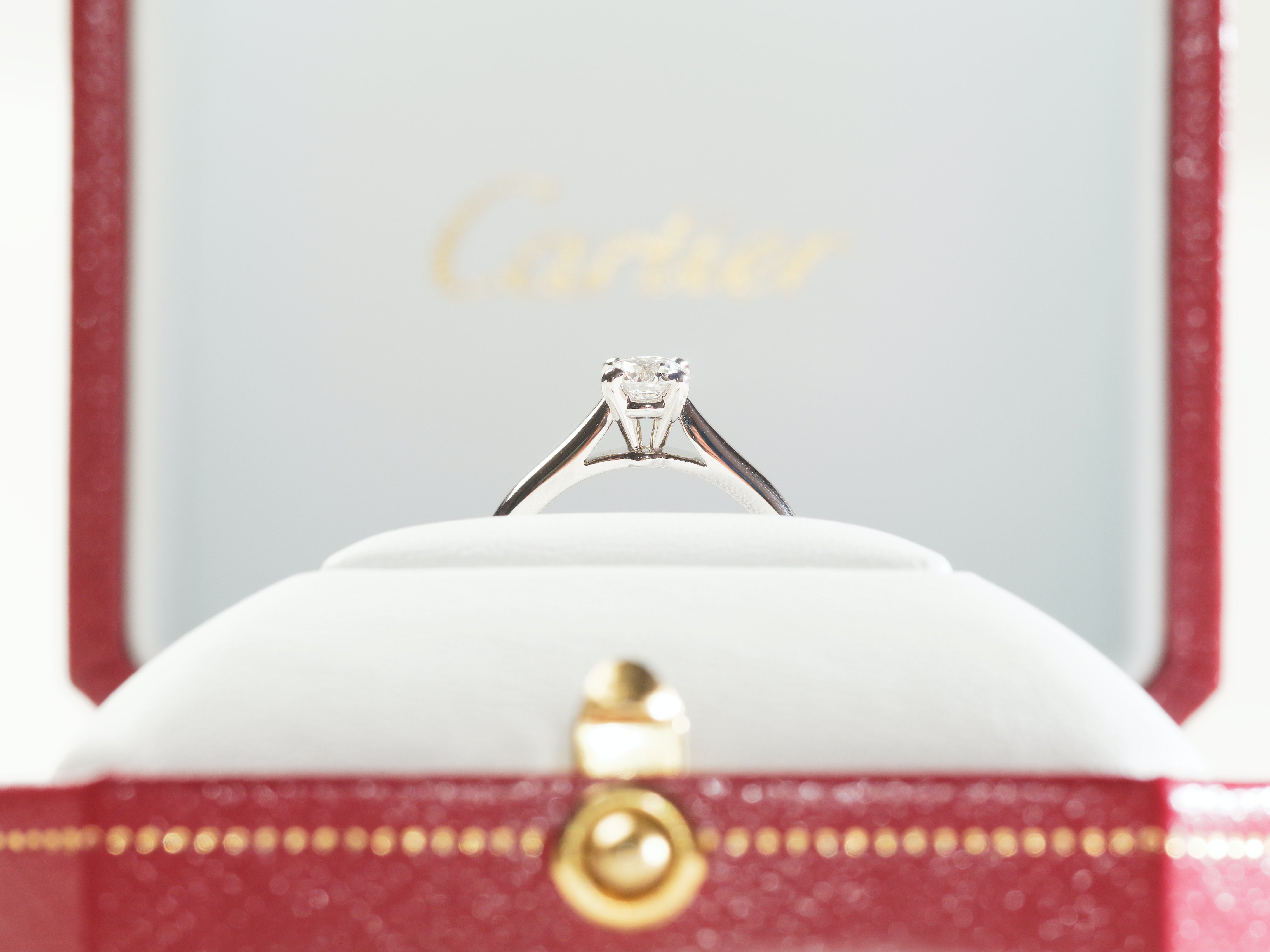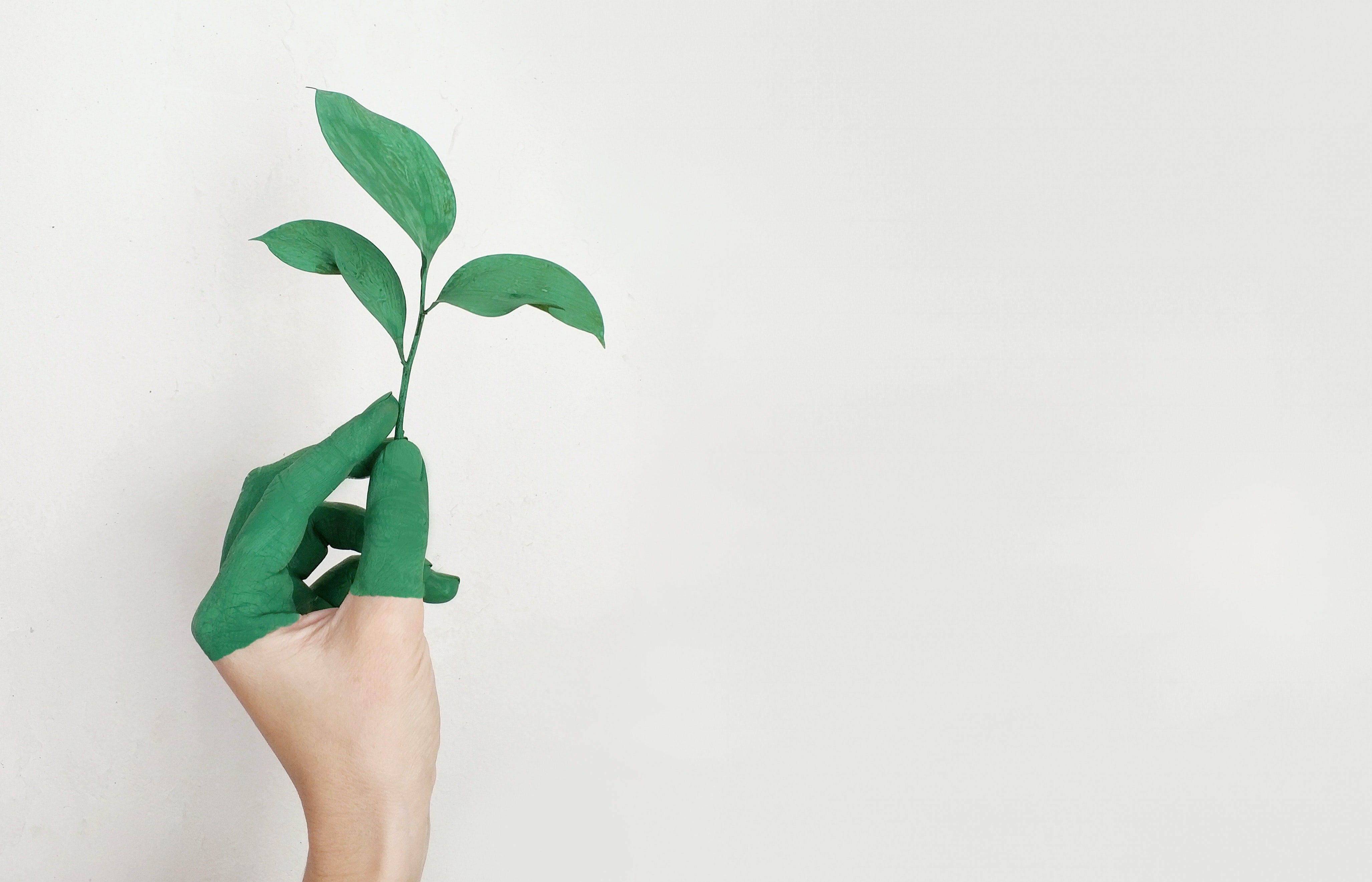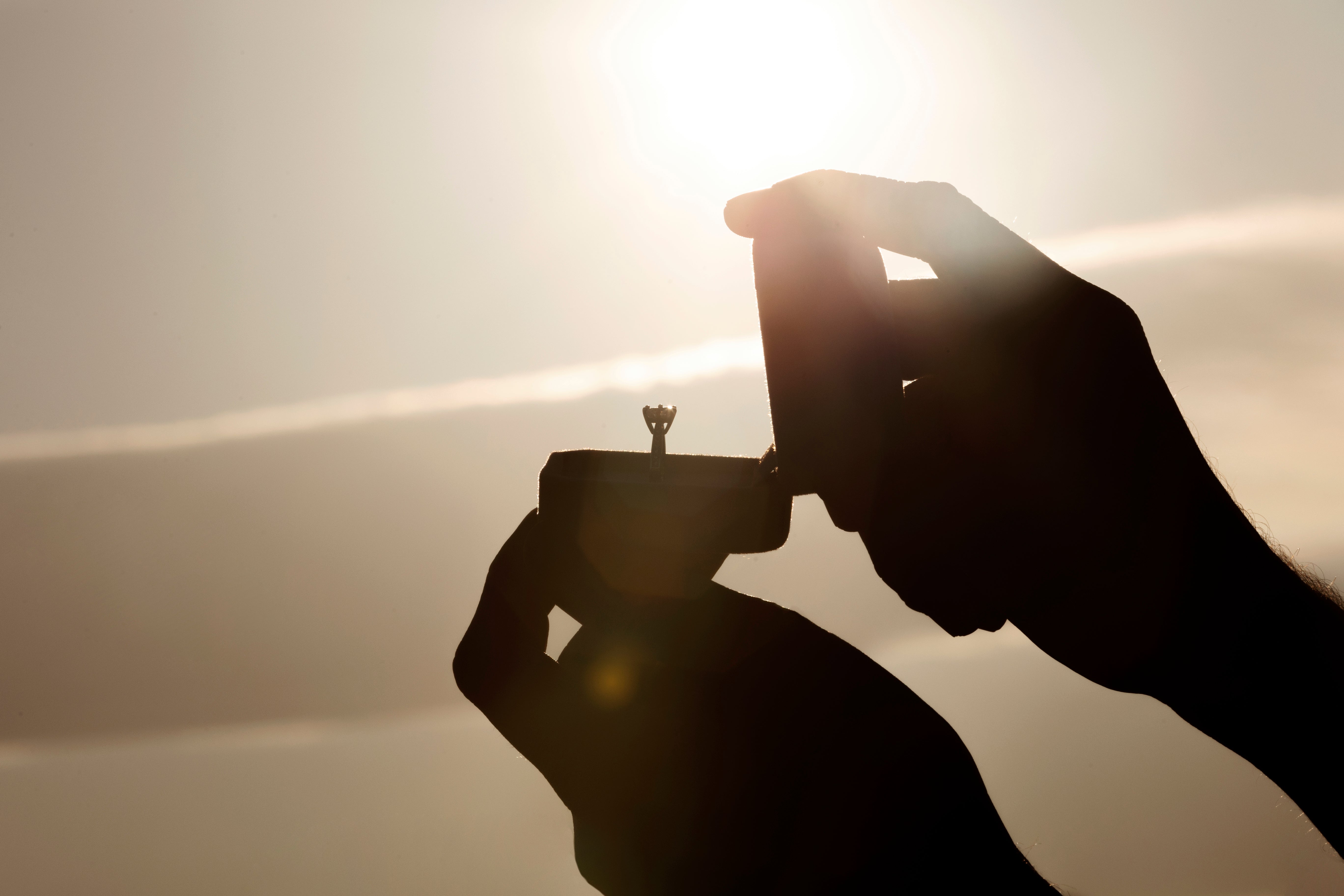
Are lab grown diamonds tacky?
How could lab-grown diamonds possibly be as special and valuable as earth mined diamonds? lab-grown diamonds have been on the rise. Alongside it, there is a huge amount of information out there. The fact that it can be a more environmentally friendly alternative, that it does not contribute to the same negative social impacts, the processes behind creating these diamonds, what to avoid when purchasing them, all of this information is readily available. While that information is extremely valuable, it does not necessarily answer the question that keeps you from jumping into this alternative without a doubt. What’s the catch? We will gather all of the information behind the history of lab-grown diamonds, how its made, and what makes the diamonds you see in stores to show you if lab-grown diamonds are tacky or not.
What is the history of lab-grown diamonds? Lab-grown diamonds are not a new technology. The art of crafting a diamond has been fostered for two centuries. As soon as the sparkling treasure was first removed from the ground, imagination of creating such a beautiful thing ran across the globe. In 1772, Antoine Lavoiser was the brilliant mind that discovered that diamonds were made of carbon. He placed a diamond in a container with pure oxygen and it resulted in carbon dioxide.
Later, the experiment was validated by an English scientist named Smithson Tennant. Understanding that diamonds were made up of carbon, scientist a century later applied this to create a lab diamond. The combined iron, charcoal, a carbon crucible, and 3,500 degrees celsius. While they were not successful, this laid the groundwork for the process in the future. This time, in the 1900s, scientists combined carbon, iron, and seed diamonds into a crucible and heated it to half the temperature— 1250 degrees celsius. Herbert Strong went to sleep and returned to find something sitting in the crucible. This was the very first synthetic diamond in human history.
Over time, the techniques were refined into what they are today. The High Pressure, High-Temperature (HPHT) method was the first to rise up and create high grade stones. This process mimics the natural circumstances that produce diamonds that people mine from the earth. In the ‘80s, scientists introduced the Chemical Vapor Deposition (CVD). This technique uses a seed and puts it in a growth chamber. That chamber is heated to an extremely high temperature as well, but the chamber also receives a beam that causes carbon to precipitate out of the gas and grow.
One of the biggest misconceptions about lab-grown diamonds is that they can now be mass produced. That is not necessarily the case. 90% of CVD lab-grown diamonds fall short in color and shape and are actually subjected to post-growth treatment, so a lab-grown diamond with desirable qualities is still incredibly rare. For a high-grade diamond to be produced and placed in a store, it needs to be crafted perfectly. Whether it be the HPHT or CVD method, it will be graded after the case. As you could read in our previous article about post-growth treatment, there is no second chance. If it does not grow properly, then it will not receive even close to the same grade as a high-grade diamond.
To understand what exactly makes a lab-grown diamond special, you have to think about what makes an earth-mined diamond special. What does make a mined diamond special? A diamond is the hardest material on the earth. Meaning: Scratching a diamond against any other surface will result in a scratch on the other material, not the diamond. The diamond also has an undying fire inside of it. One of the reasons that it has been chosen as the image of commitment in love is because of its undying color. Lastly, its rarity. Diamonds are an extremely rare and limited mineral, and that, combined with the previous qualities, is why diamonds are valued and special. These qualities are the reason that diamonds will never be considered tacky.
Why, then, are lab grown diamonds put under that question? Lab grown diamonds have the exact same chemical makeup as the diamonds mined from the earth. Meaning: Scratching a lab grown diamond against any other surface will result in a scratch on the other material, not the diamond. The lab-grown diamond also has an undying fire inside of it. Sharing in the reason that it has been chosen as the image of commitment in love because of its undying color. Lastly, its rarity. The fact that 90% of lab-grown diamonds are just rocks, not considered to be diamonds that would be placed in something as important as an engagement ring, it’s almost exactly the same as mining. Miners will sift through the earth and around 90% of those minerals are just rocks or other precious stones, but they’re not diamonds.
Lab-grown diamonds are just as special as earth mined diamonds. They just contribute to way less suffering, way less harm to the earth. Someone I talked to referred to this thing to be what separates earth mined diamonds from lab-grown diamonds: “Someone went out to find this diamond. Maybe they risked their life, maybe they poured sweat and tears, they had to go through tons of dirt just to find what I’m going to buy for her.” Effort. The effort that is put to mine for the diamond is what motivated his mindset to value the mined diamond over the lab-grown diamond. My counterargument to that is something that our CEO said to me.
I cannot quite remember word for word, but the earth removed to create a swimming pool creates massive land displacement. Imagine how much more when mining a diamond.
Let the devastation of displacing tons of land just to find the love that you want to offer sink in.
Let the harm that comes from the trade of mined diamonds add this new definition for you. Earth mined diamonds are tacky. Let the blood that it spills take away all of its value. Lab-grown diamonds are just as special, without the thousands of lives harmed.
If you’re looking for effort? Look at the thousands of diamonds thrown aside. 90% that weren’t good enough, so they craft diamond after diamond to create the highest grade diamond just for you.
Lab-grown diamonds are not tacky. They are even more valuable than the most precious diamond.

















Leave a comment
This site is protected by hCaptcha and the hCaptcha Privacy Policy and Terms of Service apply.